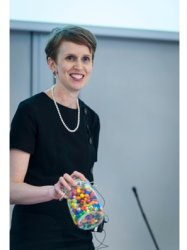BibTex format
@article{Su:2022:www.scientific.net/ssp.327.127,
author = {Su, TC and O'Sullivan, C and Yasuda, H and Gourlay, CM},
doi = {www.scientific.net/ssp.327.127},
journal = {Solid State Phenomena},
pages = {127--132},
title = {Understanding the rheological transitions in semi-solid alloys by a combined <i>In Situ</i> Imaging and granular micromechanics modeling approach},
url = {http://dx.doi.org/10.4028/www.scientific.net/ssp.327.127},
volume = {327},
year = {2022}
}

